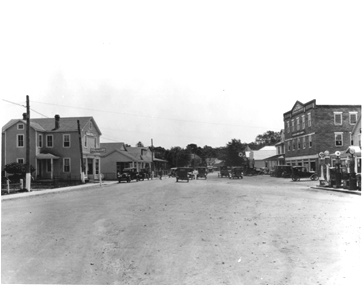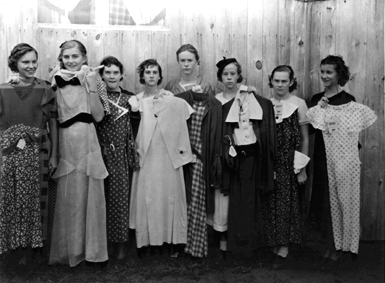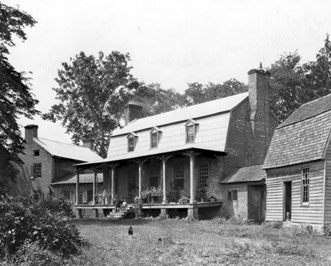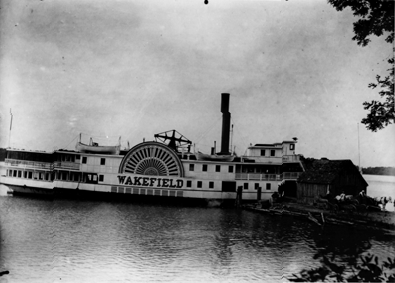View Maryland Counties
- Allegany
- Anne Arundel
- Baltimore City
- Baltimore County
- Calvert
- Caroline
- Carroll
- Cecil
- Charles
- Dorchester
- Frederick
- Garrett
- Harford
- Howard
- Kent
- Montgomery
- Prince George's
- Queen Anne's
- St. Mary's
- Somerset
- Talbot
- Washington
- Wicomico
- Worcester
Charles County
 Charles County, one of the original counties of the province, was created by an Order in Council of 1658. It is not to be confused with an earlier Charles County (1650-1653) known as Old Charles County. The county is bordered to the north by Prince George's County, the east and southeast by the Patuxent River and St. Mary's County, and the south and southwest by the Potomac River. The county was named for Charles Calvert, son and heir of Cecilius Calvert, Second Lord Baltimore.
Charles County, one of the original counties of the province, was created by an Order in Council of 1658. It is not to be confused with an earlier Charles County (1650-1653) known as Old Charles County. The county is bordered to the north by Prince George's County, the east and southeast by the Patuxent River and St. Mary's County, and the south and southwest by the Potomac River. The county was named for Charles Calvert, son and heir of Cecilius Calvert, Second Lord Baltimore.
Tobacco has long been a staple of Charles County's economy. The sing-song chant of the tobacco auctioneer is a familiar sound in towns such as Hughesville, Waldorf, and La Plata, which serve as tobacco auction centers. Charles County abounds in reminders of its colonial past. Its rich history is reflected in the numerous historic sites in the county, including Habre de Venture, the home of Thomas Stone, a signer of the Declaration of Independence; Retreat, the home of Daniel of St. Thomas Jenifer, member of the Continental Congress and signer of the U. S. Constitution; Mount Carmel Monastery, the first convent founded in the original United States; and St. Catherine, the home of Dr. Samuel Mudd. Two Maryland governors, John Hoskins Stone and William Smallwood, and John Hanson, president of the United States under the Articles of Confederation, have called Charles County home.

MSA SC 1477-6759
La Plata is the sprawling seat of government for Charles County. The town came into existence shortly after the arrival of the Pope's Creek railroad in 1868. The width of Charles Street, seen here in 1936, appears to have allowed for drivers to establish their own lanes of traffic.

MSA SC 1477-6611
Half smiling, half somber, the Charles County 4H club girls exhibited their handiwork in 1934.

MSA SC 1406-256
Habre de Venture was built by Thomas Stone, a signer of the Declaration of Independence, in the early 1770s. Unfortunately, the house burned down two centuries later; its restoration is currently being planned.

MSA SC 1477-5967
The Wakefield stopped at Grinder's Wharf near Indian Head on Mattawoman Creek c. 1910.

MSA SC 1477-6612
Agriculture agents of the University of Maryland Extension Service helped demonstrate how local farmers could fight plant and animal diseases. In 1931 the next generation got a lesson in raising corn in a field near Waldorf.

